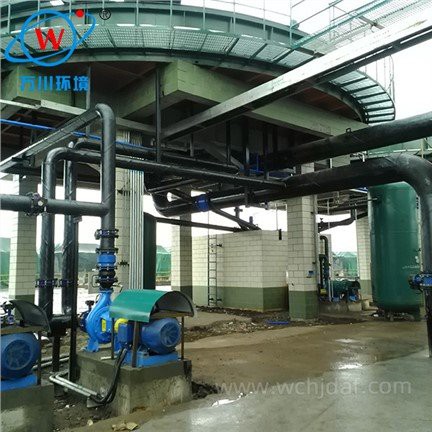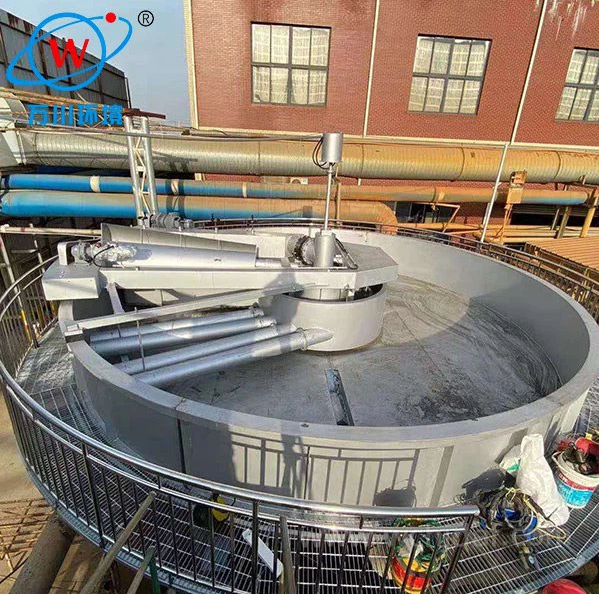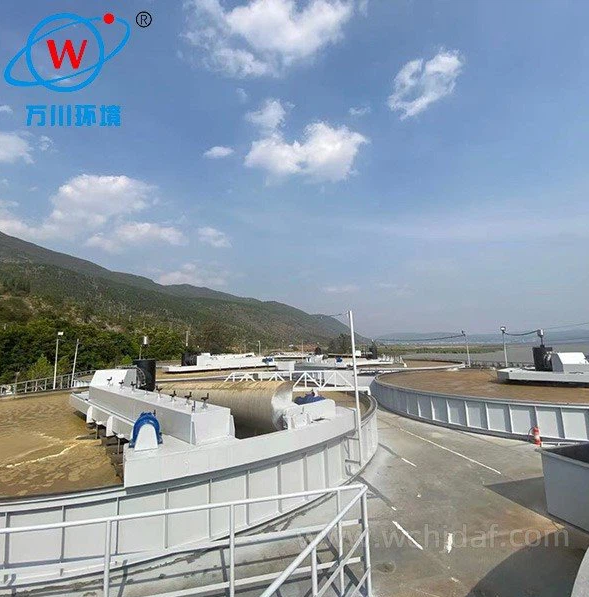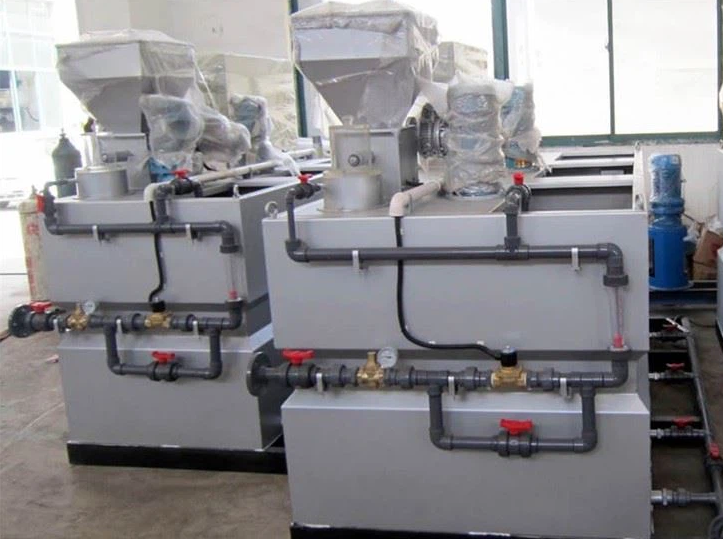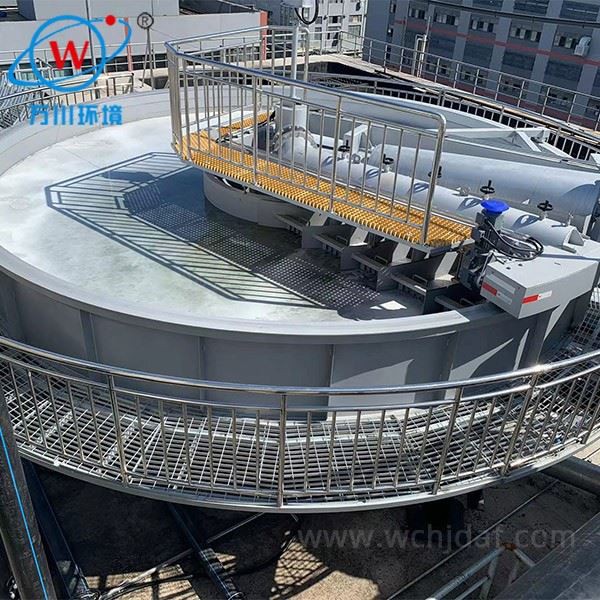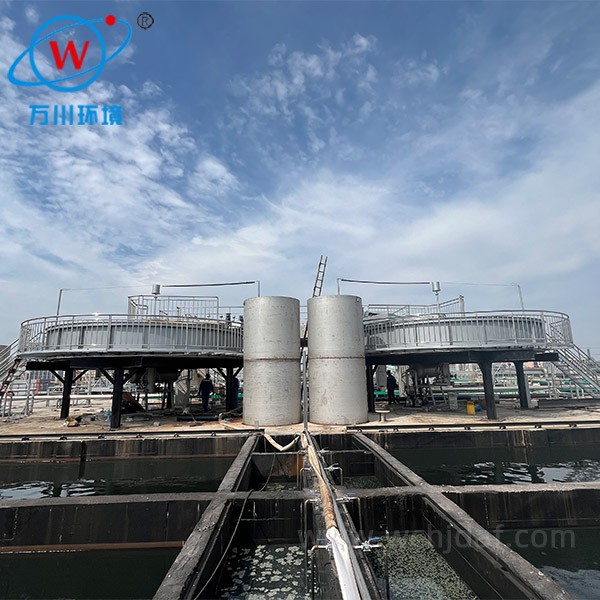Equipment Installation Guidelines
Comprehensive procedures and best practices for proper equipment installation and setup
1Site Survey and Environmental Compatibility
Before installation, conduct a comprehensive site survey to ensure the site's flatness meets equipment requirements and to avoid unstable equipment due to sloping ground.
Assess the surrounding space for operation and maintenance, and reserve sufficient access for maintenance. Also, inspect the site's water, power, and drainage conditions to ensure they meet equipment operating requirements. Keep the site away from areas with strong vibration or corrosive gases to provide a stable operating environment.
2Equipment Positioning and Foundation Treatment
Accurately position the equipment body according to the design drawings, ensuring alignment with the inlet and outlet pipe connections.
Reinforce the installation foundation with concrete or steel brackets to prevent movement or vibration during operation. When lifting large components, specialized equipment must be used. Strictly control the lifting angle and force to avoid deformation of the equipment structure and ensure that all components are installed correctly.
3Pipe Connection and Sealing Assurance
Before connecting pipes, clean any impurities from the joints and use appropriate sealing materials to ensure a tight seal to prevent water or air leaks that could affect the aeration process.
Piping layout should adhere to the principle of smooth water flow, minimizing right-angle elbows and sudden changes in diameter to minimize head loss. Aeration piping should be secured separately to avoid resonance and wear with other piping. After installation, perform a pressure test to ensure there are no leaks.
4Electrical System and Control Integration
Electrical wiring must comply with safety regulations, with strong and weak current lines separated to avoid signal interference.
The control box should be installed in a dry, ventilated location, away from water and corrosive media, to ensure easy operation. Strictly distinguish between positive and negative poles and signal lines during wiring. After completion, perform a power-on test to check the operating status of sensors, valves, and motors to ensure proper linkage between the control system and the equipment.
5Safety Protection and Commissioning Preparation
Install guardrails and warning signs to isolate and protect rotating components and high-voltage areas. Ensure the equipment grounding system complies with standards to prevent electrical leakage.
After installation, clear the site of debris and inspect all fasteners for looseness to prepare for subsequent commissioning. Before commissioning, develop a detailed plan and gradually test equipment operating parameters to ensure that the installation quality meets design requirements.
Key Installation Requirements
- Ensure site flatness meets equipment requirements
- Assess surrounding space for operation and maintenance
- Verify water, power, and drainage conditions
- Avoid areas with strong vibration or corrosive gases
- Accurately position equipment according to design drawings
- Reinforce installation foundation with concrete or steel brackets
- Use specialized equipment for lifting large components
- Clean pipe joints before connection
- Use appropriate sealing materials to prevent leaks
- Minimize right-angle elbows and sudden diameter changes
- Separate strong and weak current lines to avoid interference
- Install control box in dry, ventilated location
- Install guardrails and warning signs for safety
- Ensure proper equipment grounding system
- Clear site debris and inspect fasteners after installation
- Develop detailed commissioning plan

